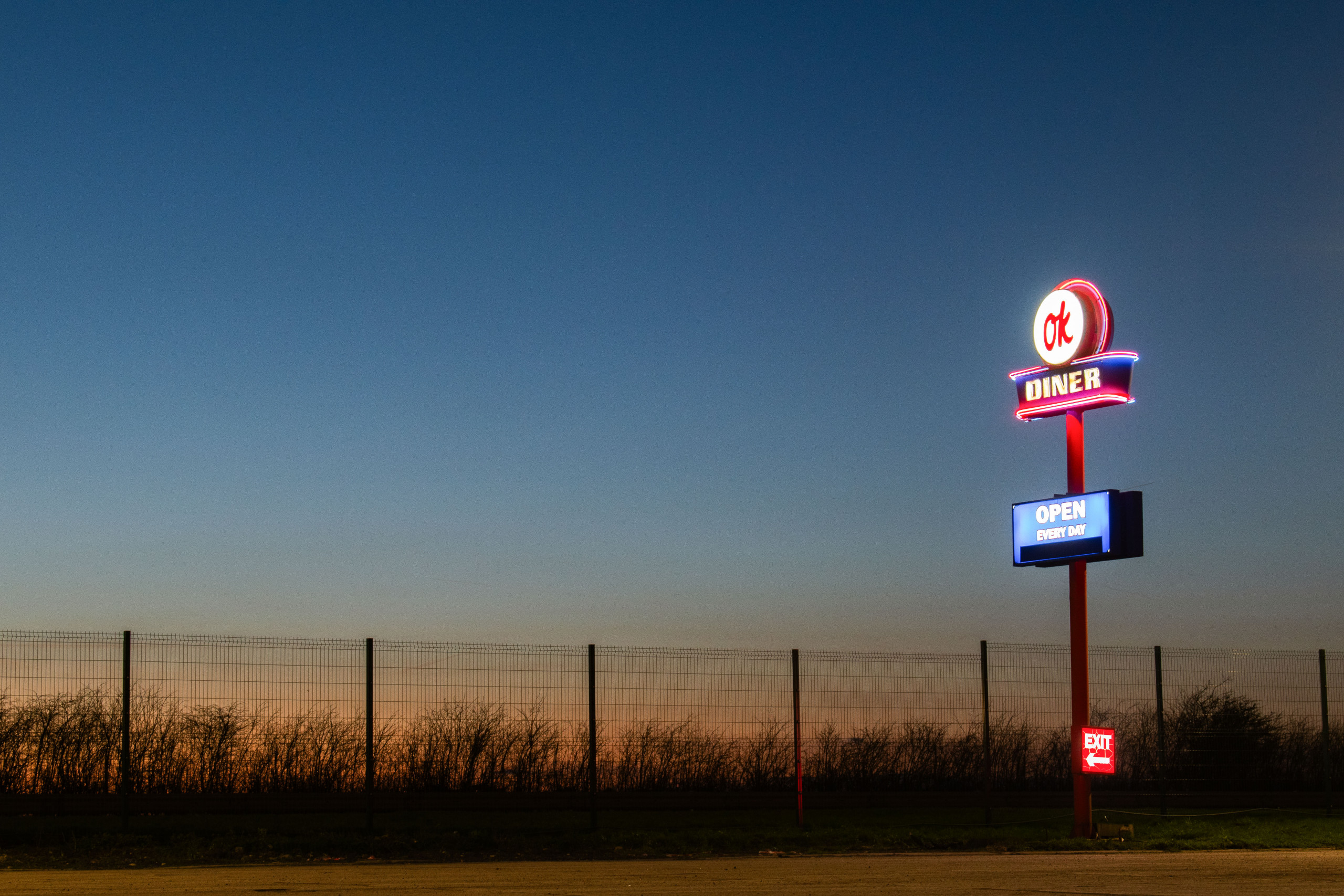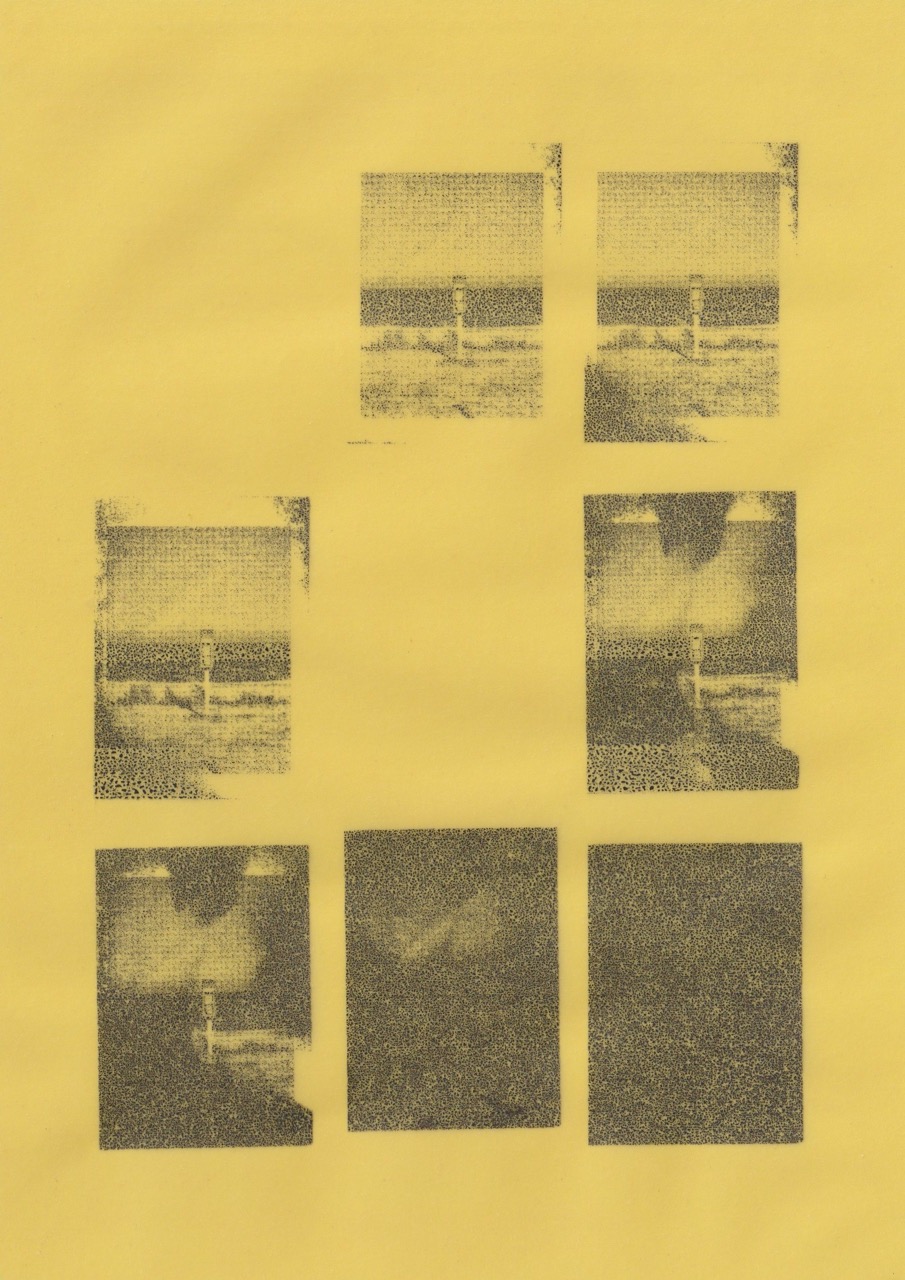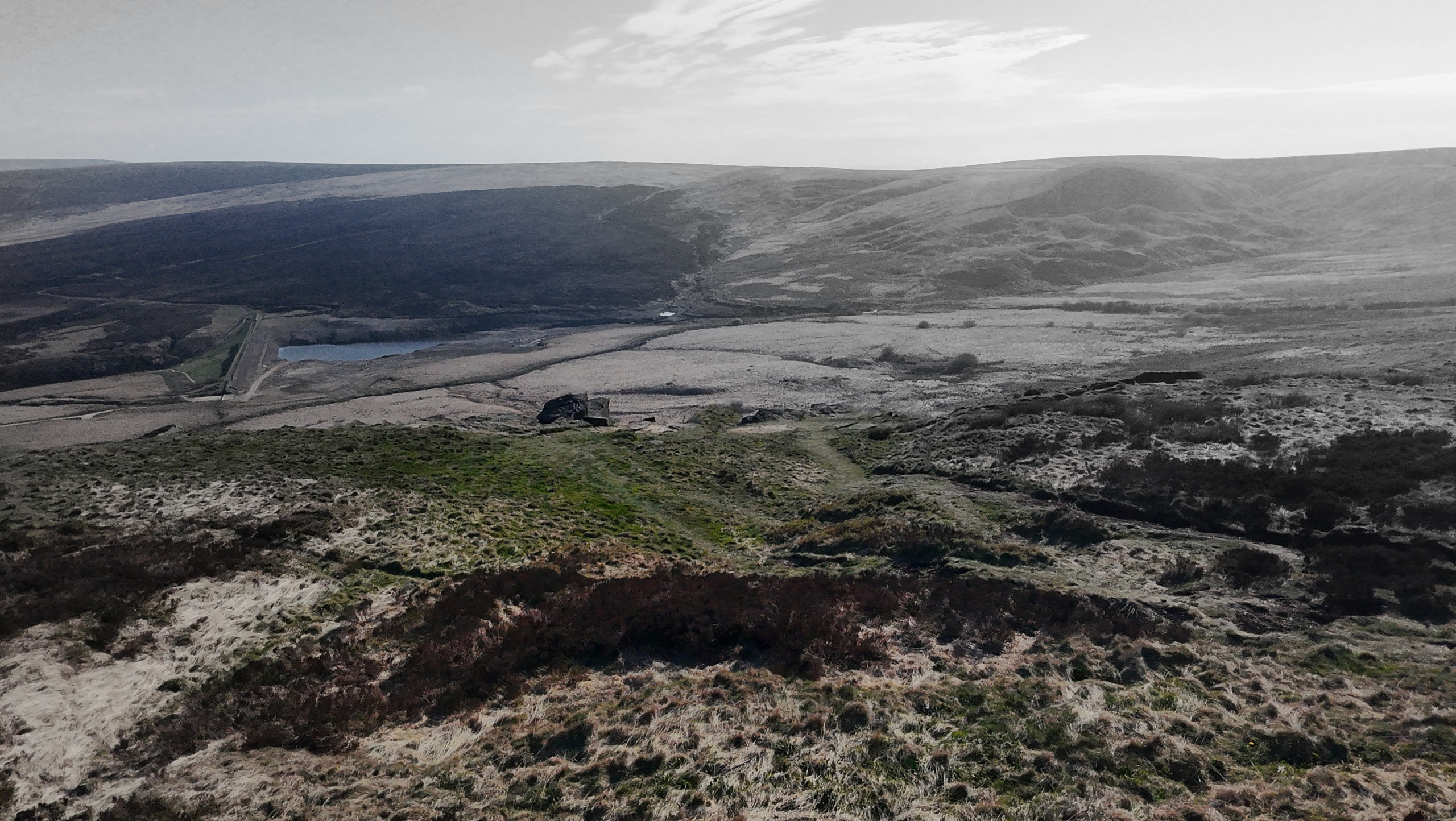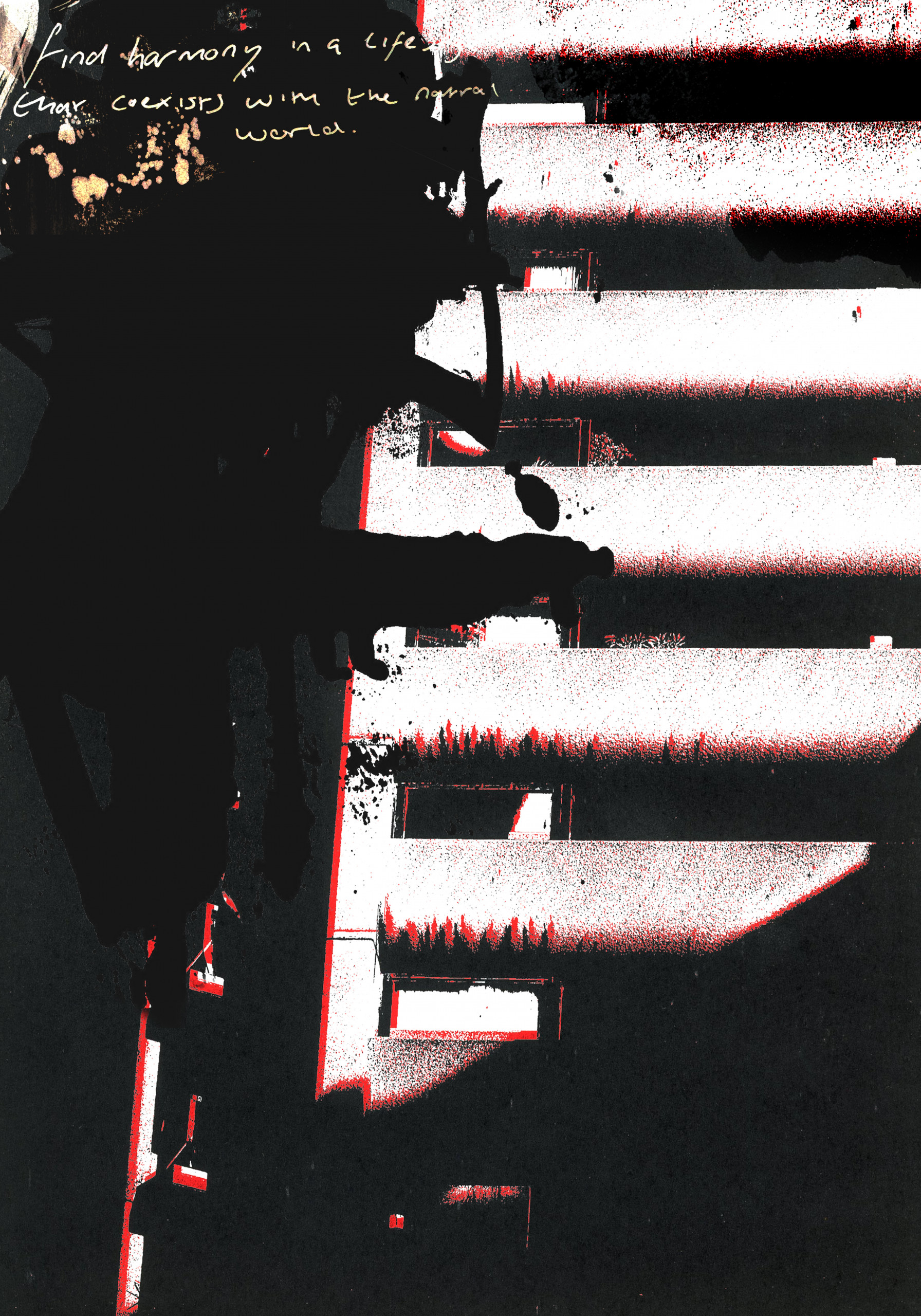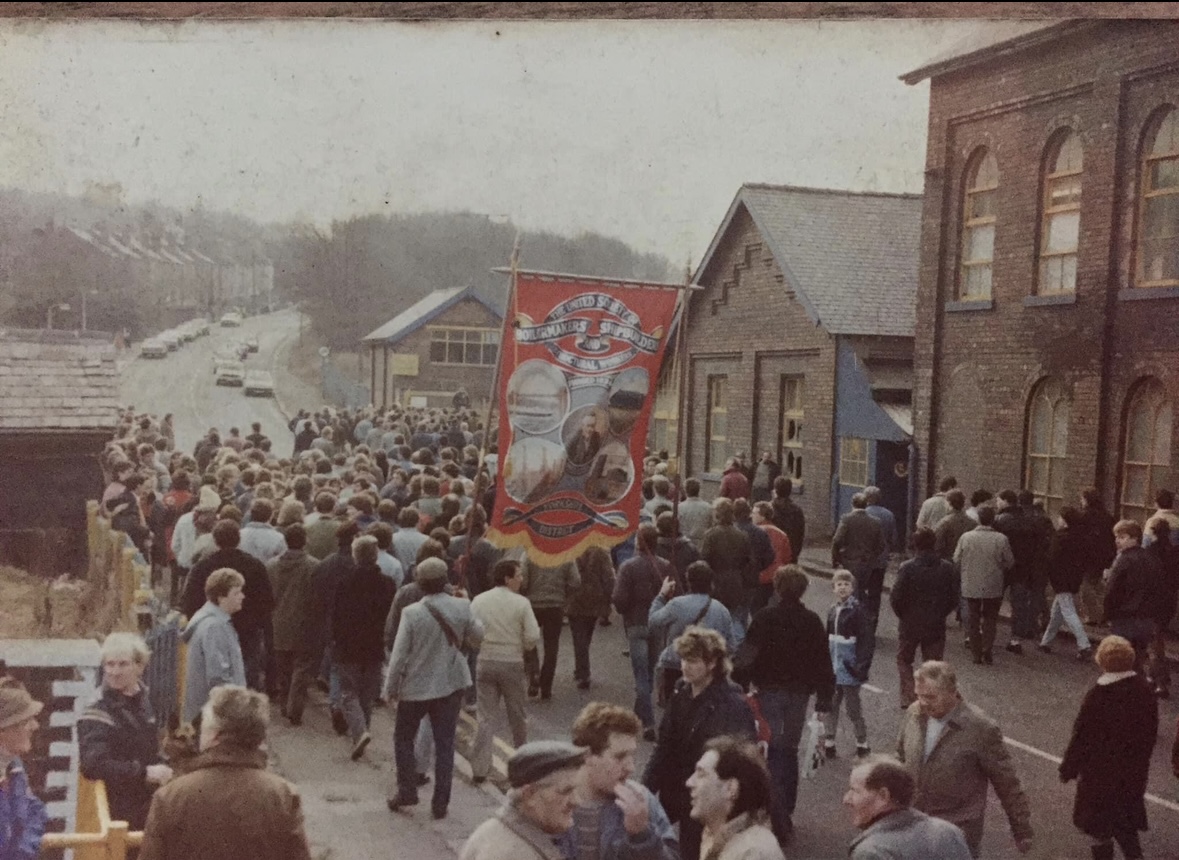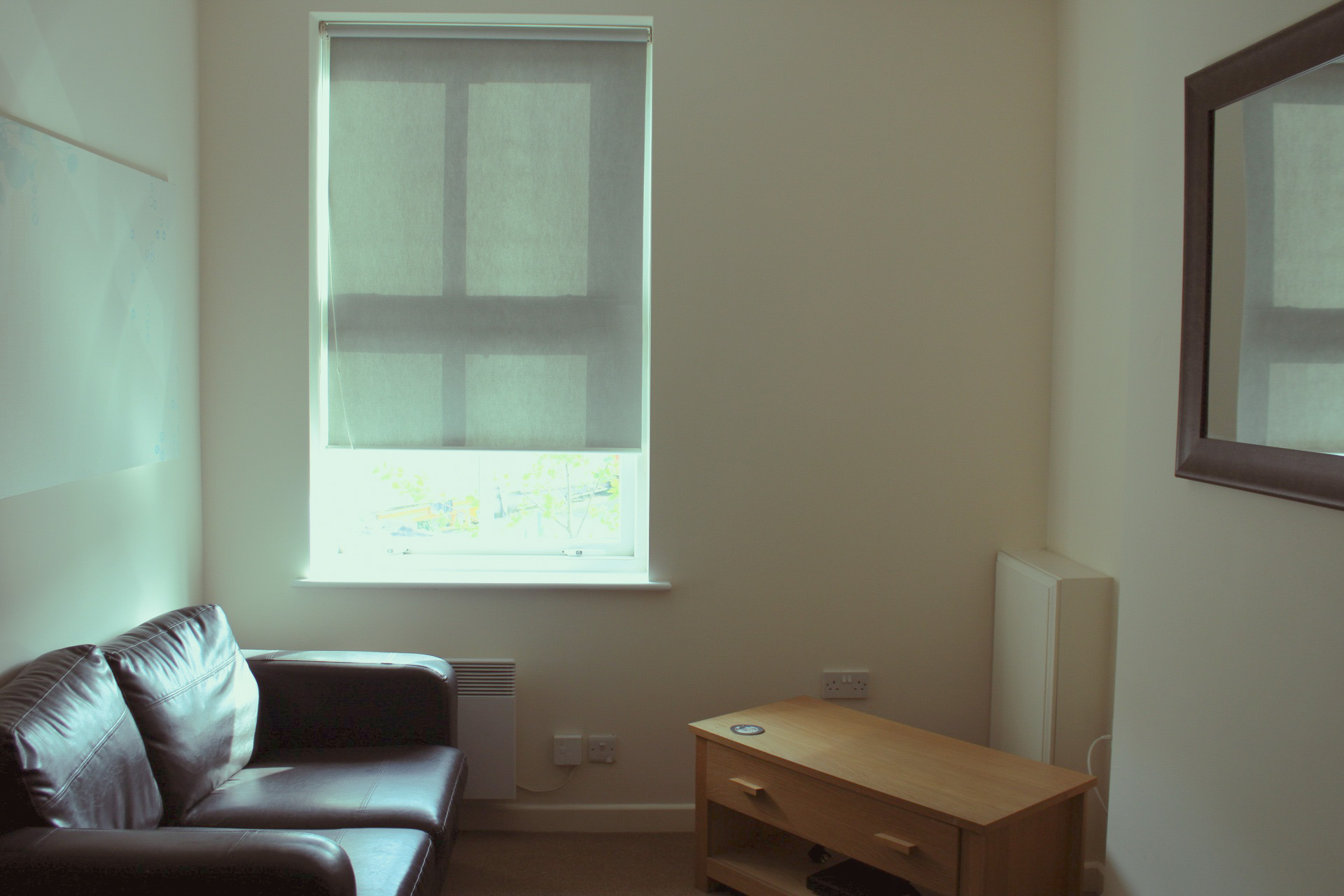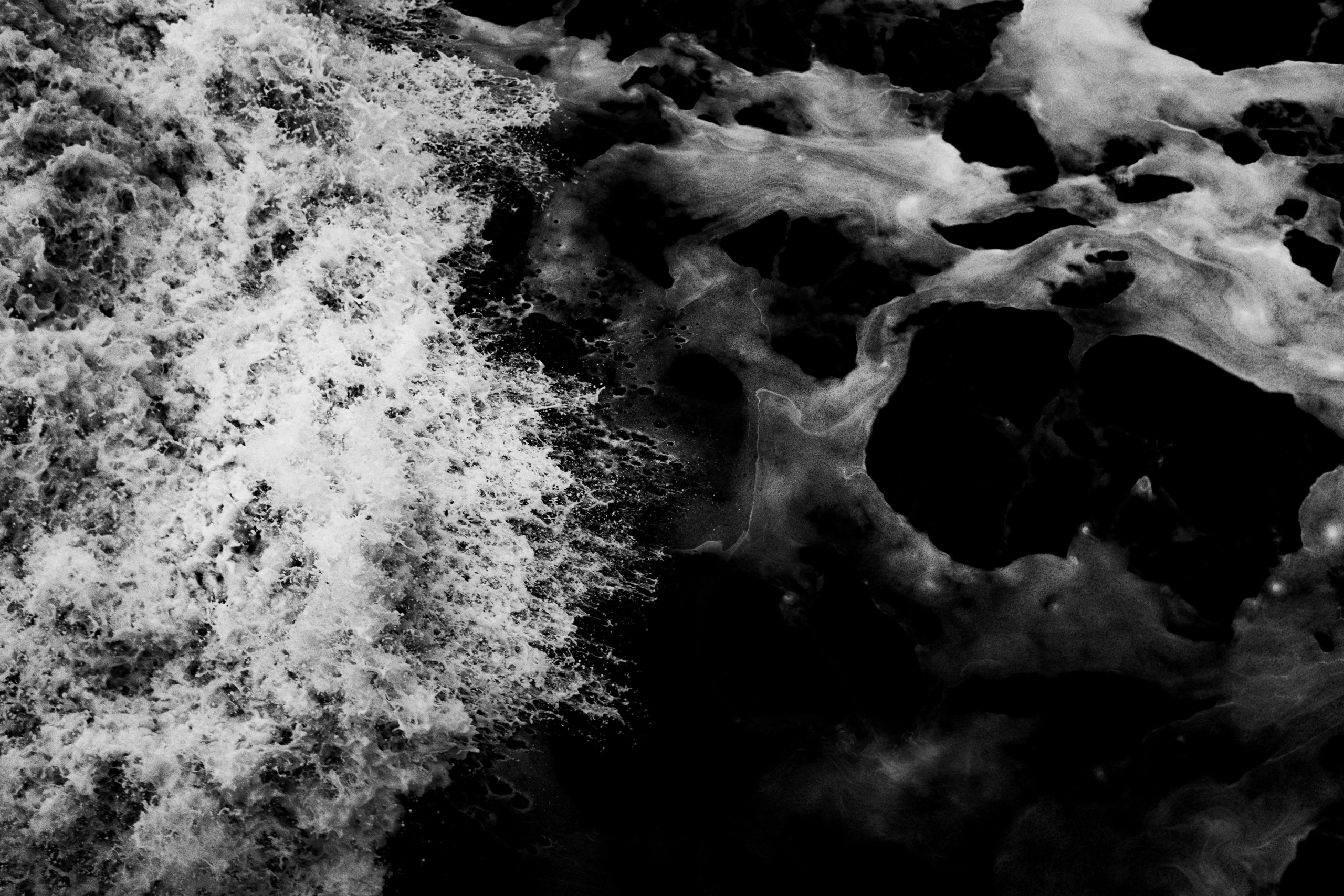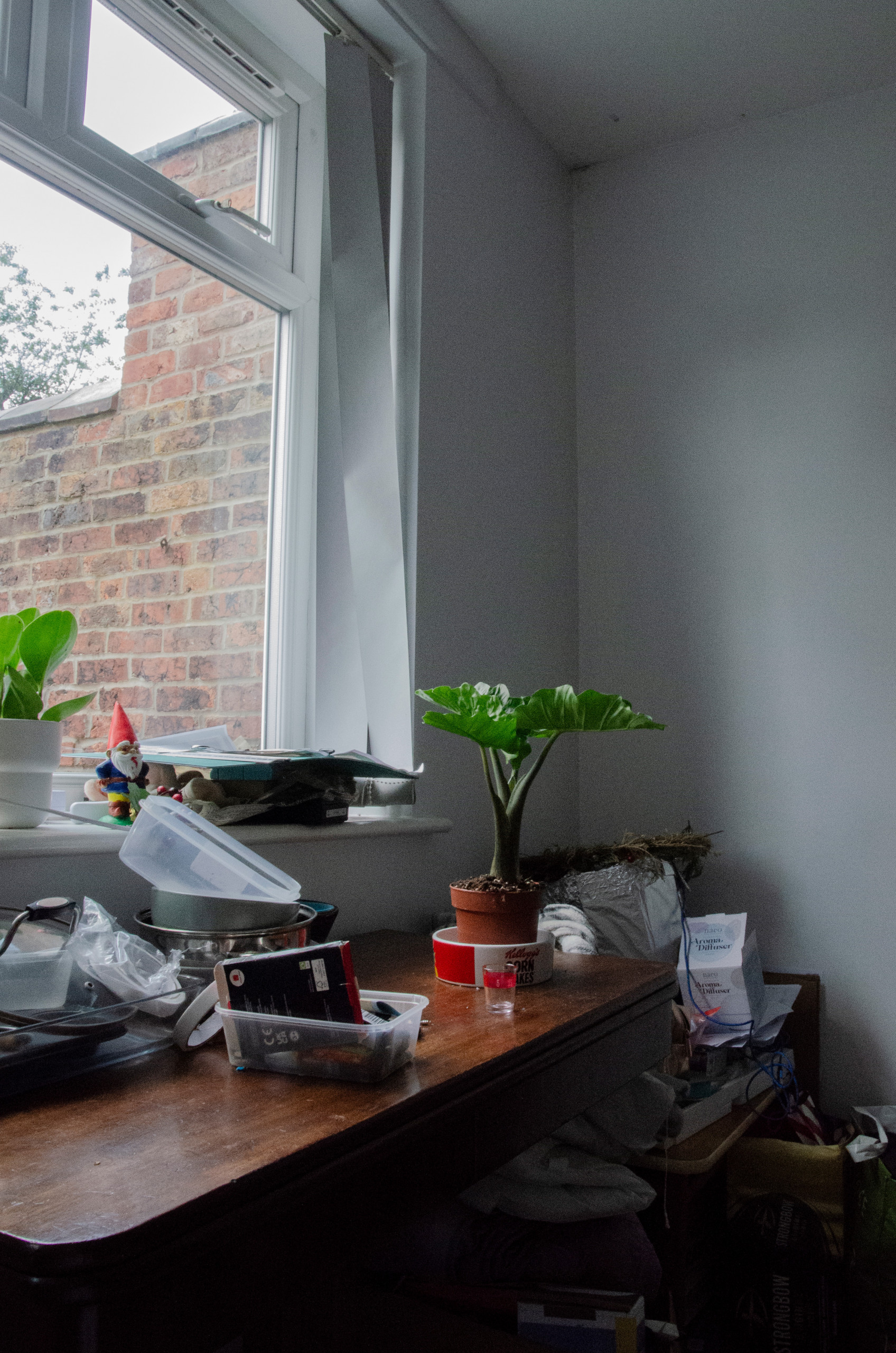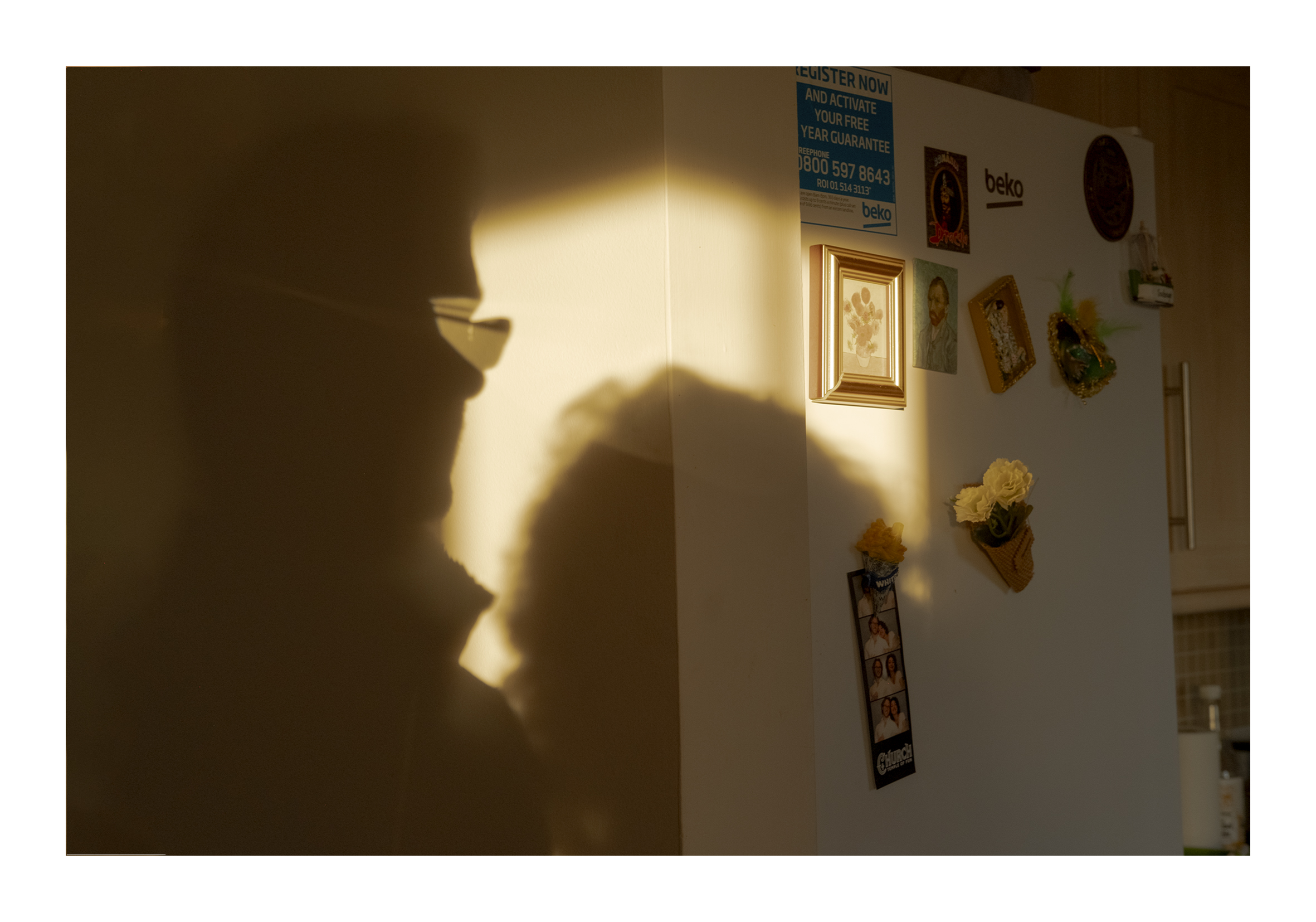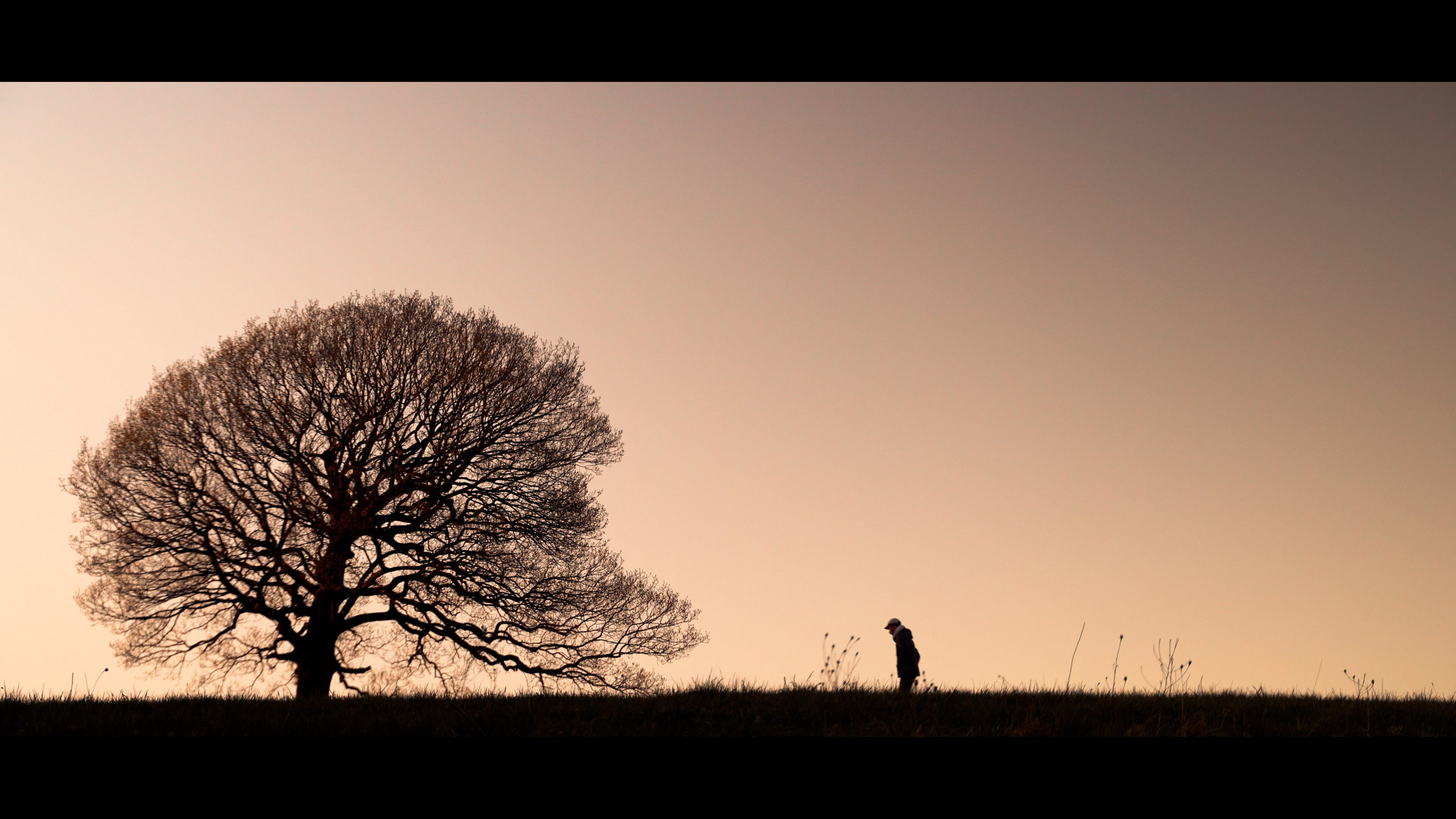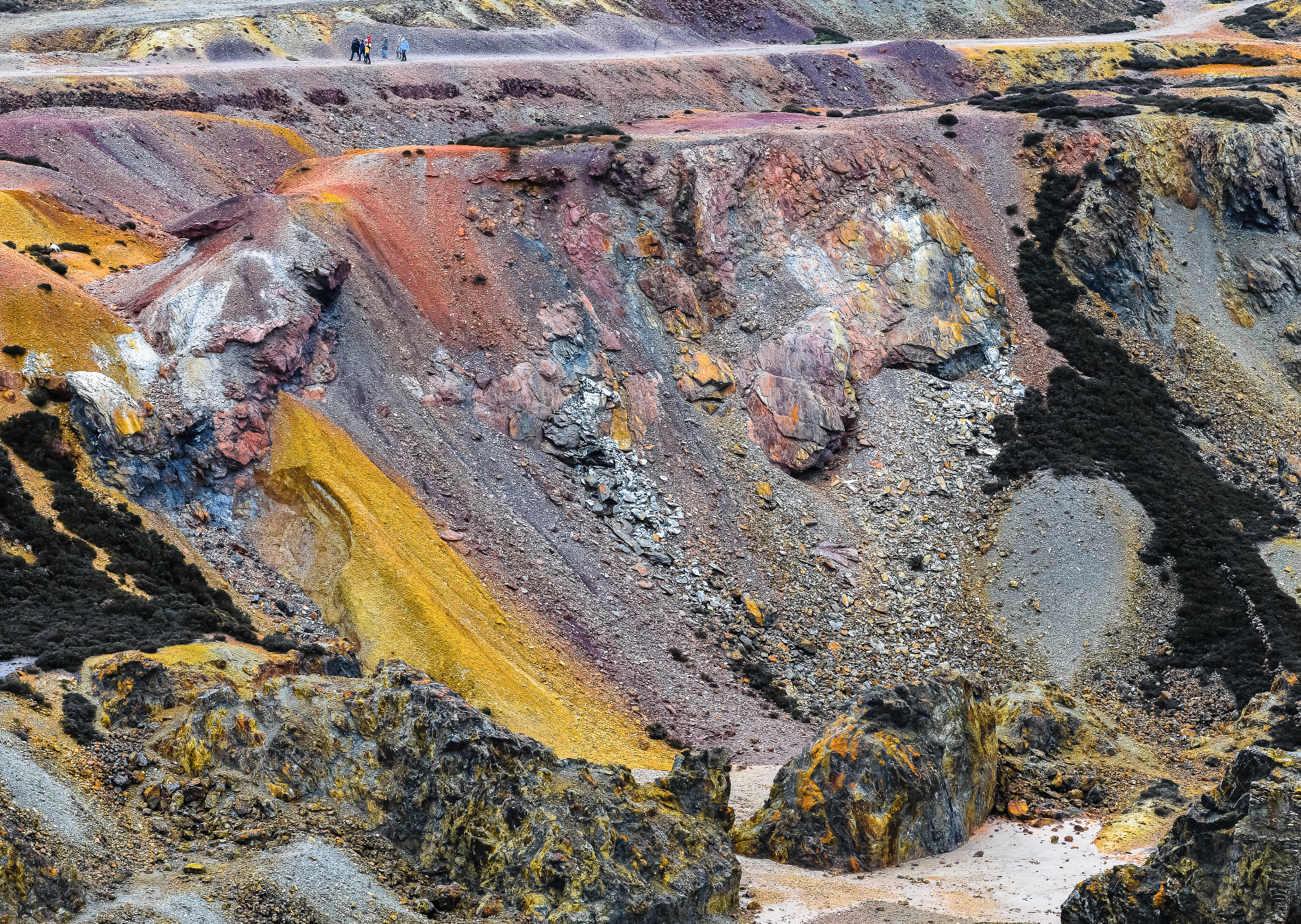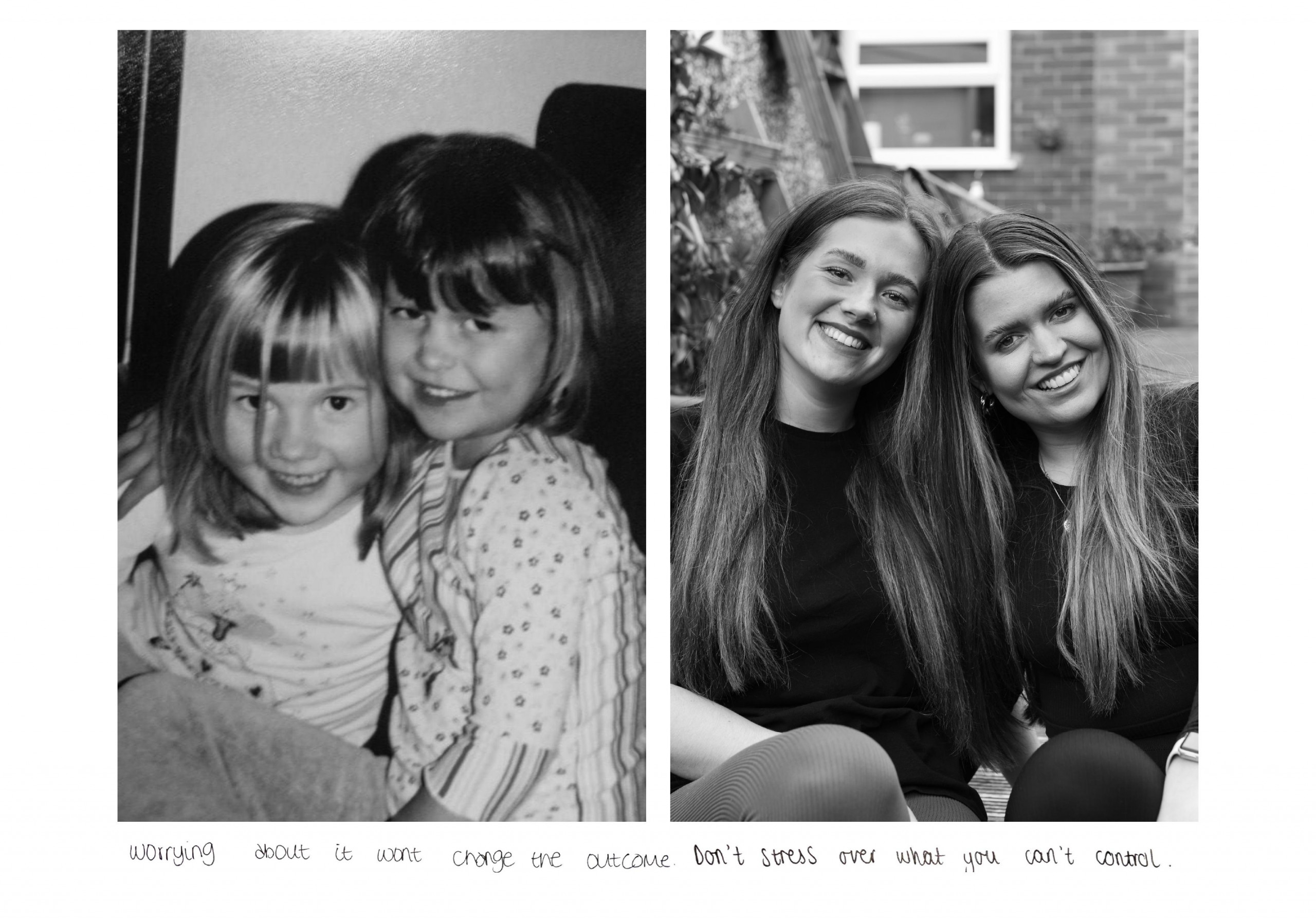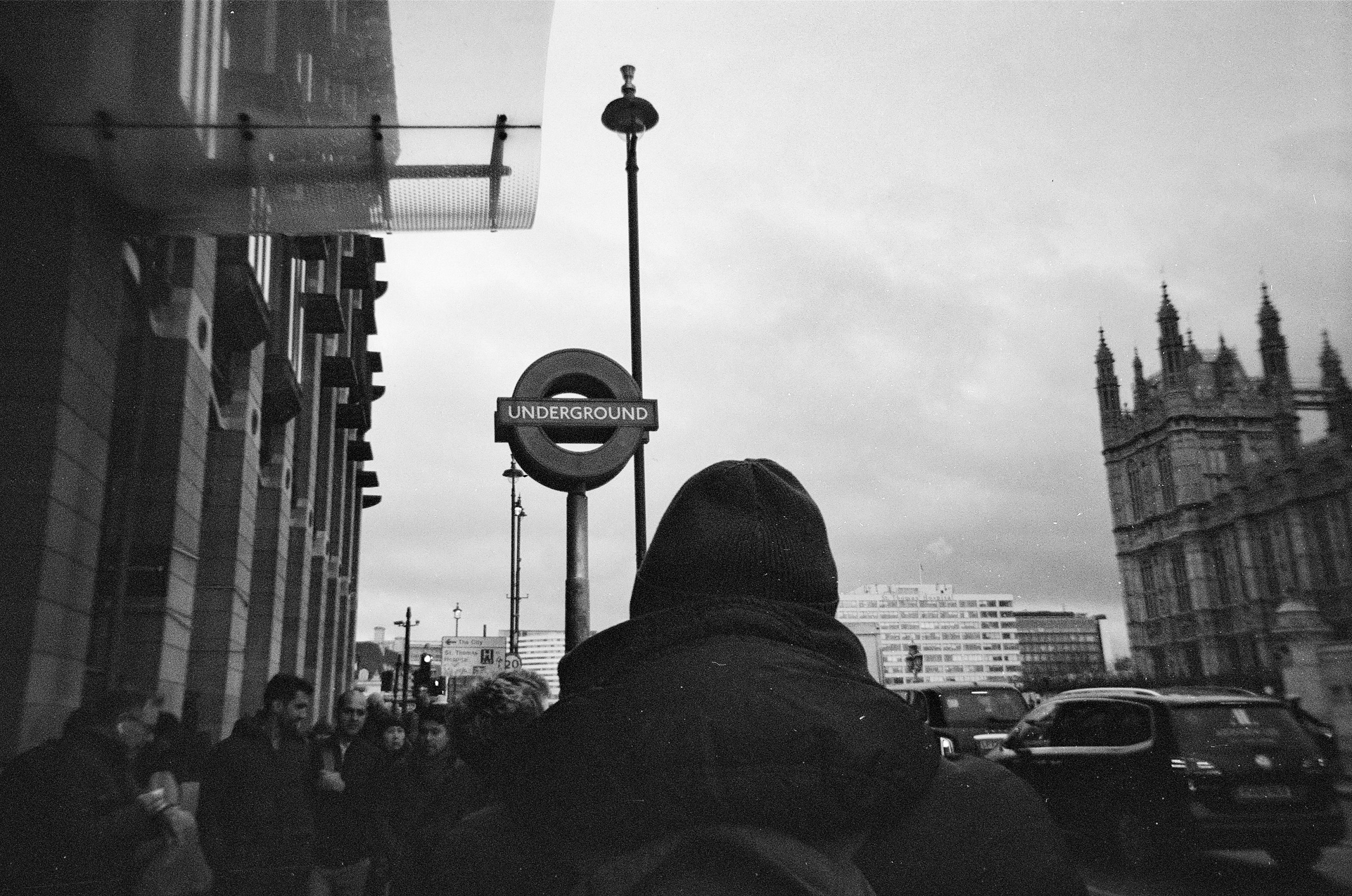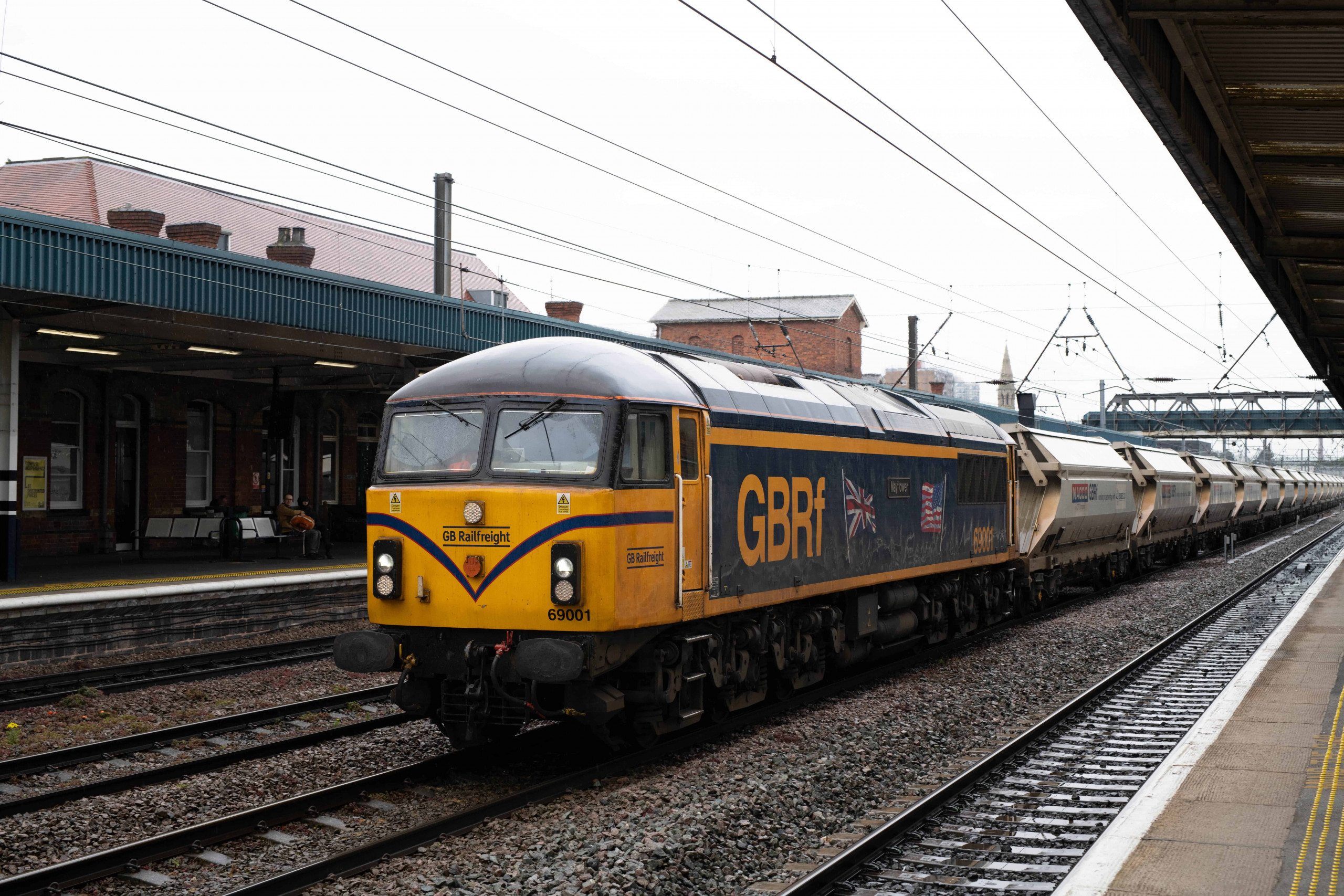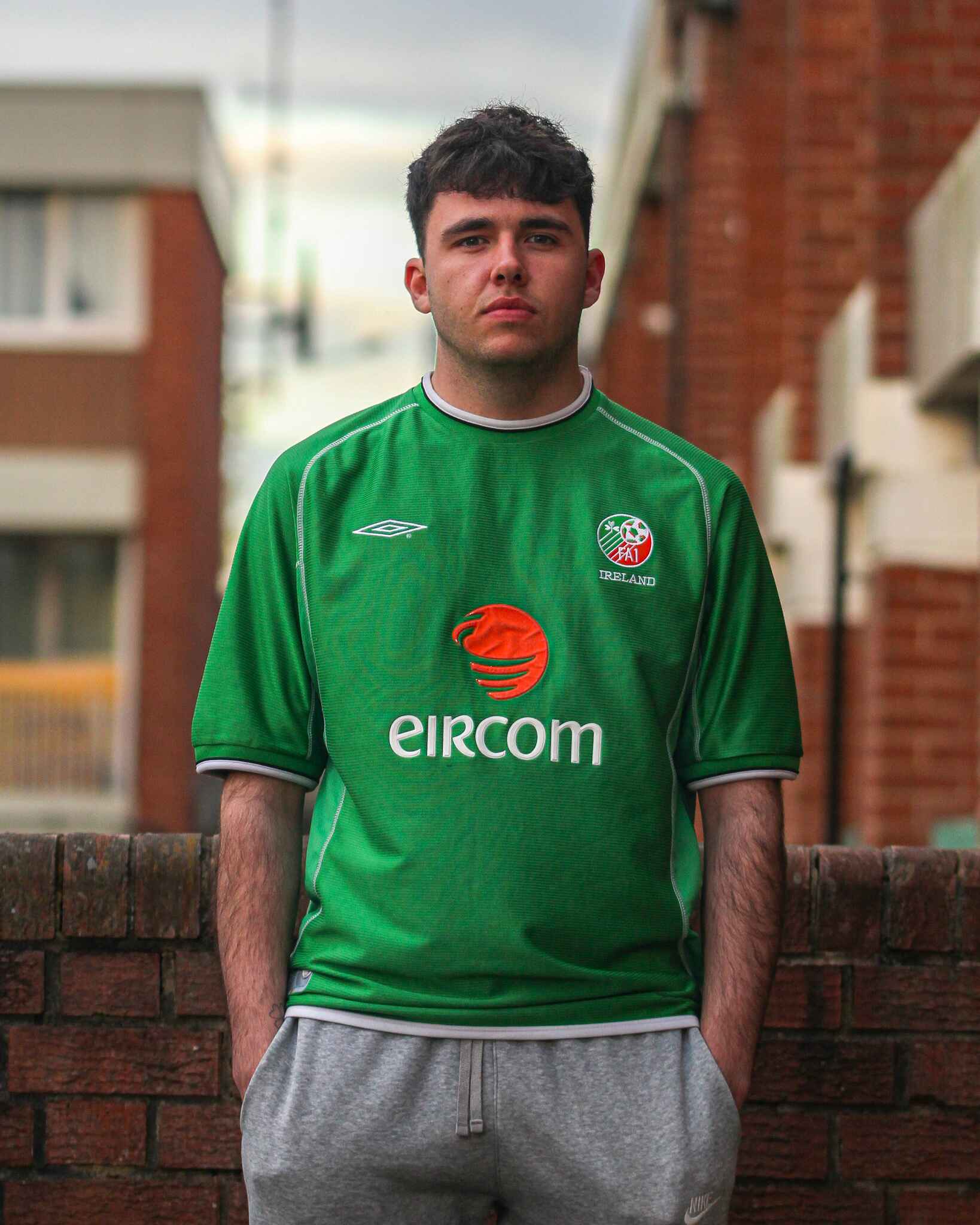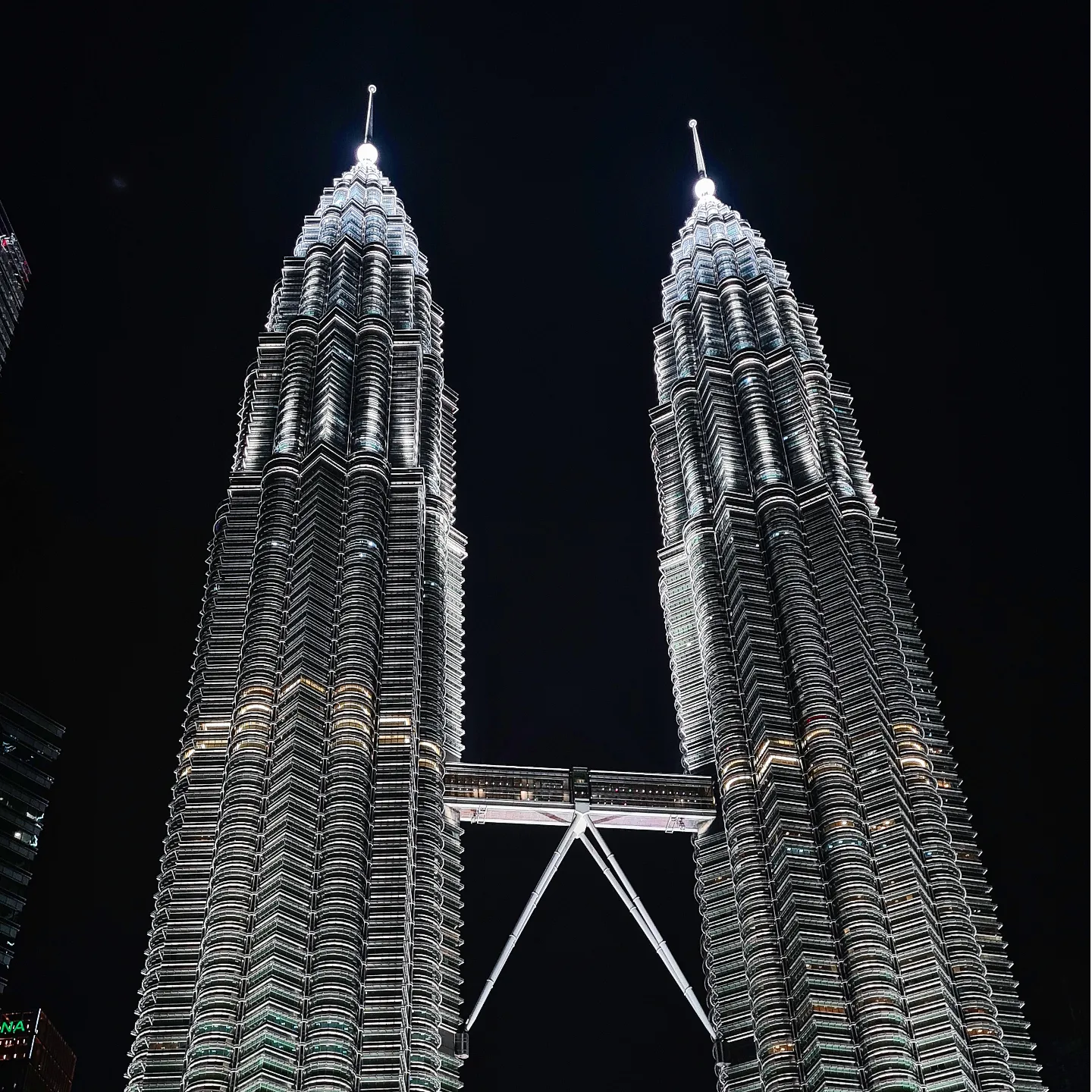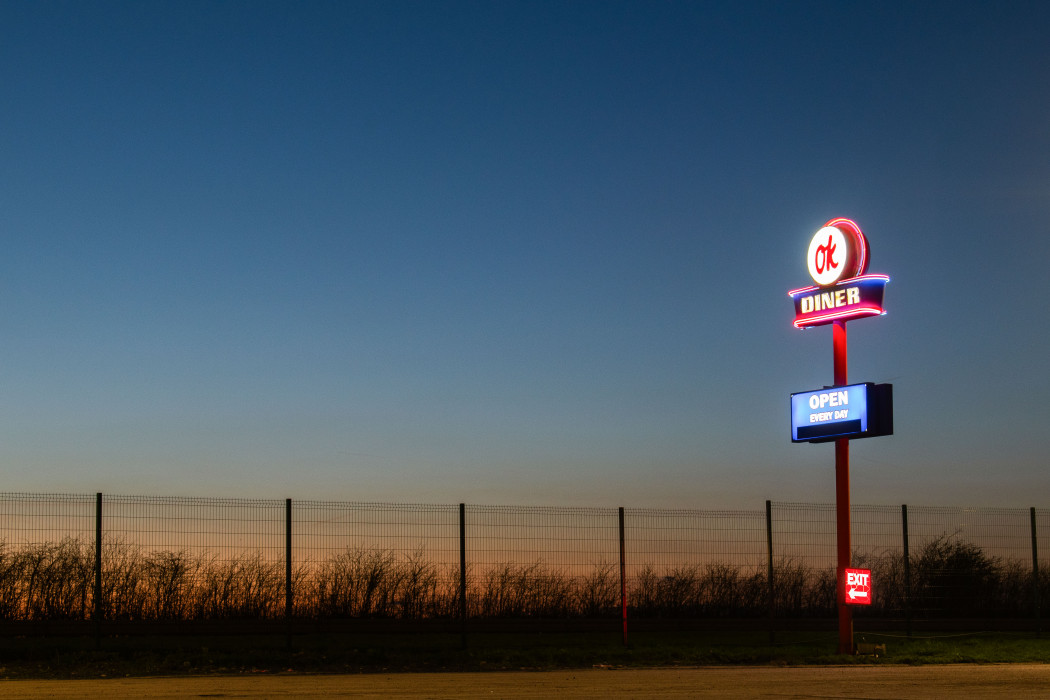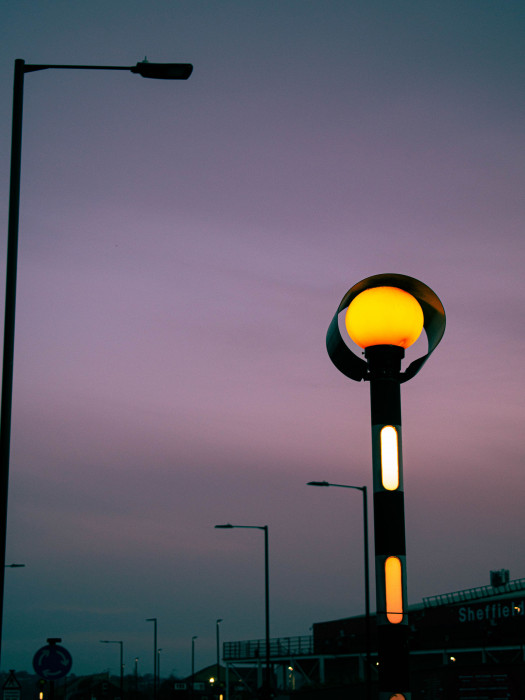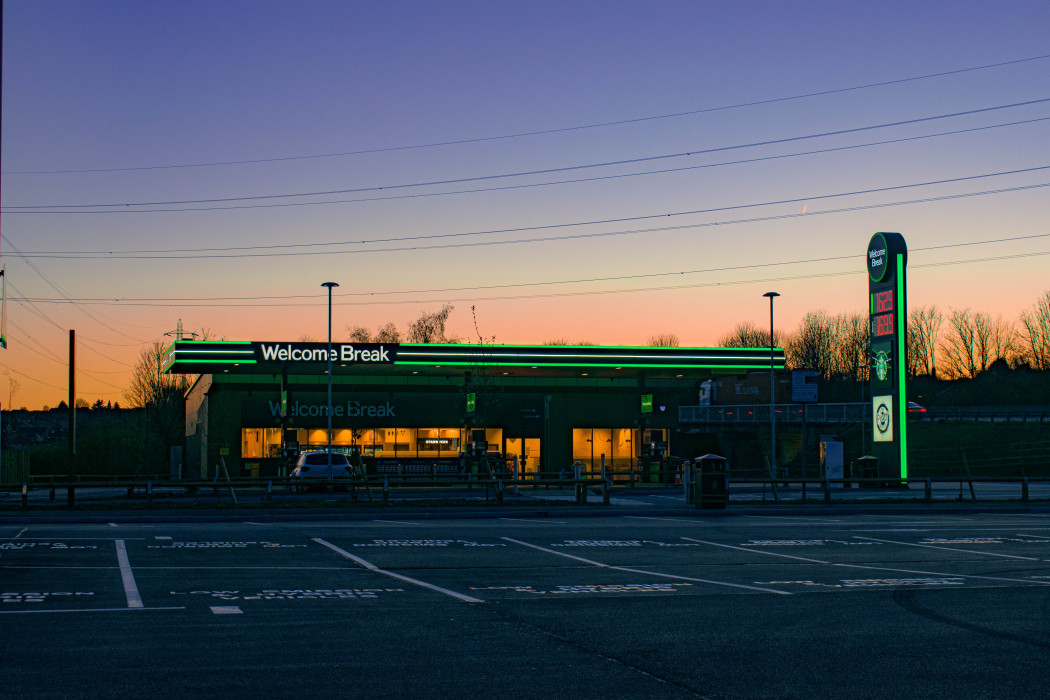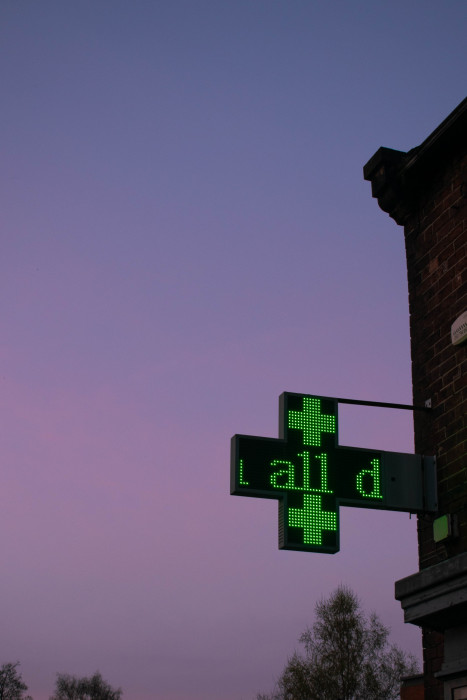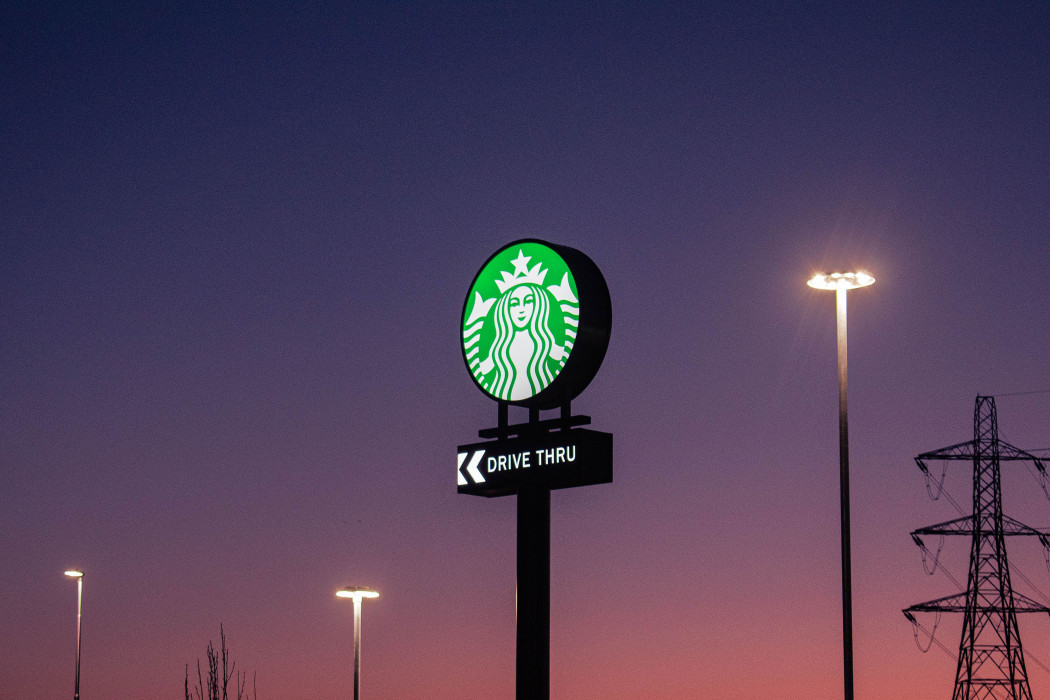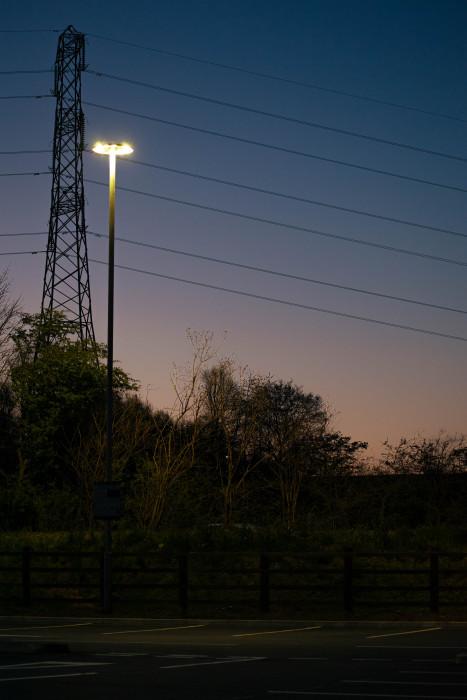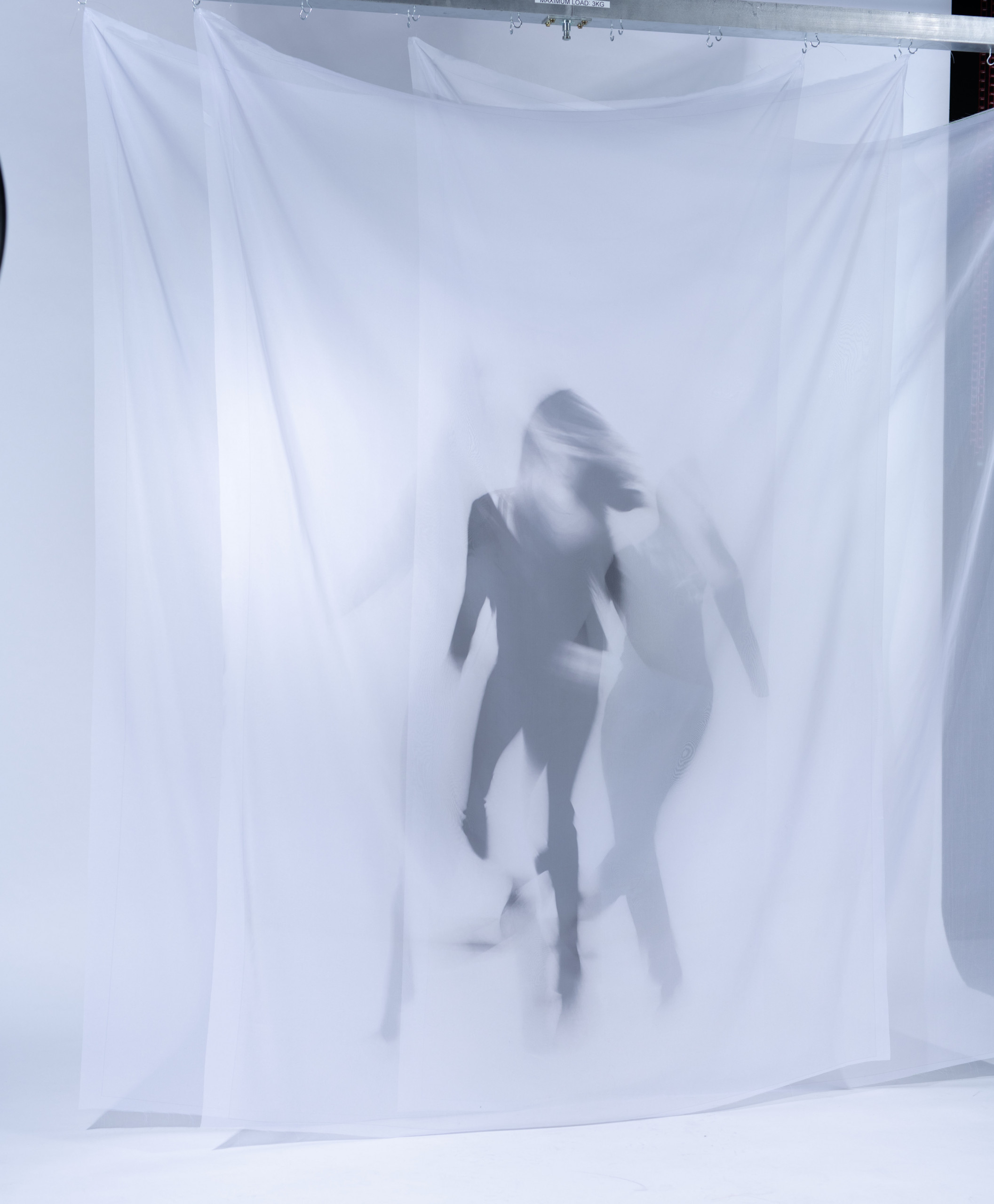
In his seminal text Non-Places: Introduction to an Anthropology of Supermodernity (1992), anthropologist Marc Augé defines a “non-place” as a transient space that lacks identity, historical significance, or relational meaning. These are spaces of passage—motorways, airports, service stations—where individuals exist only momentarily and anonymously. According to Augé, in an era defined by accelerated movement, mass consumerism, and globalisation, people increasingly inhabit these non-places, often bypassing deeper engagement with the environments they traverse. The result is a fragmented perception of reality, shaped by fleeting encounters and endless flows of information and stimuli.
In response to this condition, Josh Harris presents Doesn’t Anybody Stay in One Place Anymore?, a photographic series comprising cinematic portraits of non-places encountered during regular travel between his two homes in Sheffield and Birmingham. The project draws inspiration from Paul Graham’s iconic series A1: The Great North Road, both in its formal approach and in its thematic focus on Britain’s overlooked roadside landscapes.
Through the use of ambient, often glowing neon light, Harris highlights the quiet tension and haunting stillness of these liminal spaces. What might otherwise be dismissed as banal or forgettable becomes, in his lens, a site of visual contemplation. The series invites viewers to reconsider the aesthetic and emotional potential of non-places—those locations typically excluded from our collective memory—and reflect on the rhythms of modern mobility and disconnection.

